Laboratories play a vital role in driving scientific progress, and it is imperative to have efficient management practices in place to ensure their smooth functioning and achievements. A carefully devised strategy for laboratory management serves as the cornerstone for optimizing processes, maintaining quality control, adhering to safety regulations, and enhancing overall efficiency. This post will examine seven crucial elements of an effective laboratory management strategy and discuss their importance in maximizing laboratory performance.
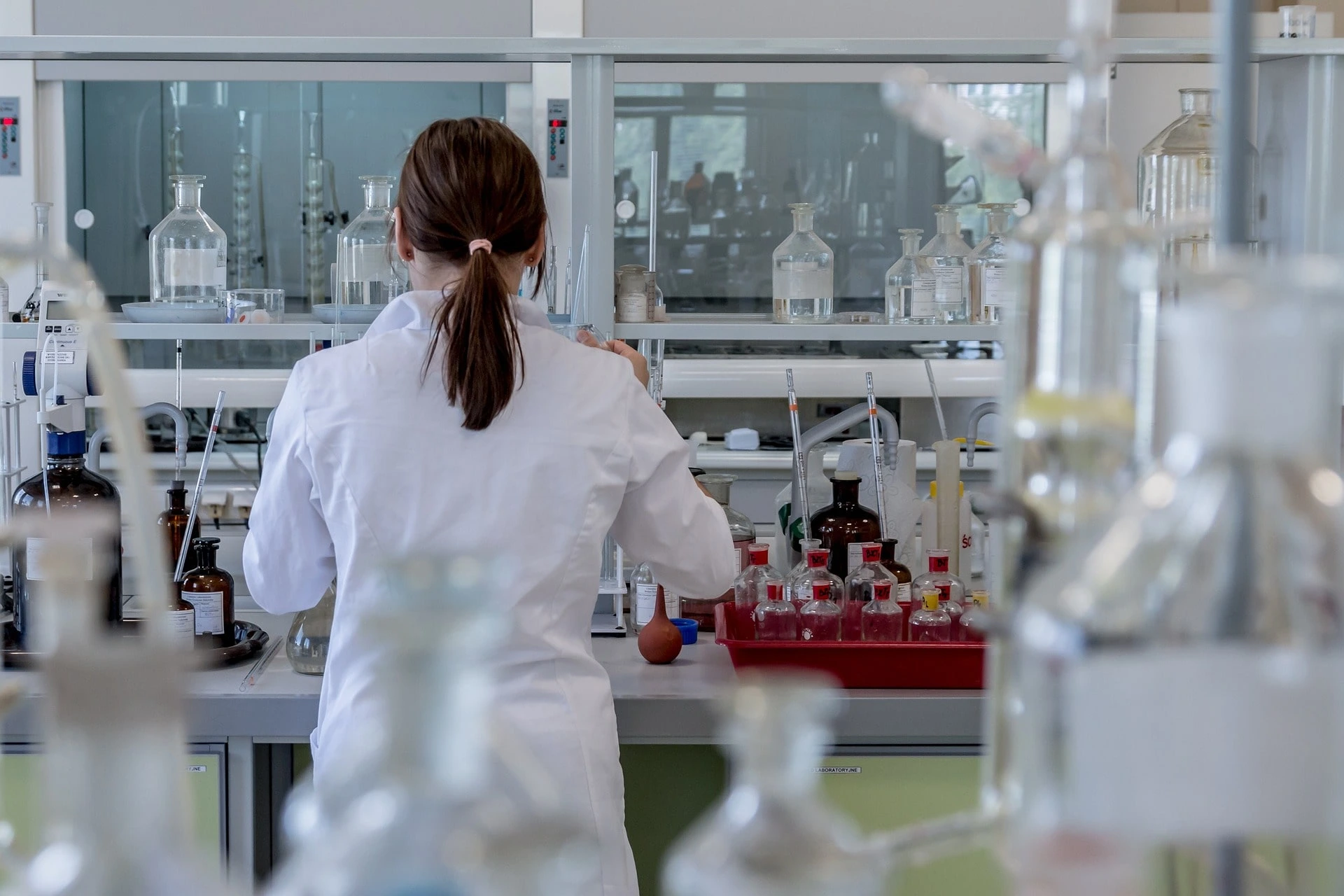
Introduction
In today’s rapidly evolving scientific landscape, laboratories face increasingly complex challenges. From managing diverse research projects to handling sensitive samples, laboratory managers must possess a comprehensive strategy to navigate these complexities successfully. By focusing on seven key components, laboratories can optimize their operations and achieve their scientific objectives with greater efficiency.

Importance of a Laboratory Management Strategy
An effective laboratory management strategy is crucial for various reasons. Firstly, it ensures consistent quality control and assurance, minimizing errors and maintaining reliable results. Secondly, it promotes a safe working environment by implementing robust safety protocols and compliance measures. Moreover, a well-structured strategy enables efficient resource management, effective staff training, and streamlined communication. Overall, a laboratory management strategy serves as a blueprint for success, ensuring optimal utilization of resources and maximizing scientific output.

1. Leadership and Vision
At the core of any successful laboratory management strategy is strong leadership and a clear vision. Effective leaders inspire their teams, establish goals, and create a supportive environment for innovation and collaboration. They foster a culture of excellence and guide the laboratory toward its strategic objectives.

2. Efficient Workflow Design
Efficient workflow design plays a pivotal role in optimizing laboratory productivity. By analyzing processes and identifying bottlenecks, laboratories can streamline their workflows, reduce turnaround times, and enhance overall efficiency. Employing lean management principles and utilizing automation technologies can significantly contribute to this aspect.
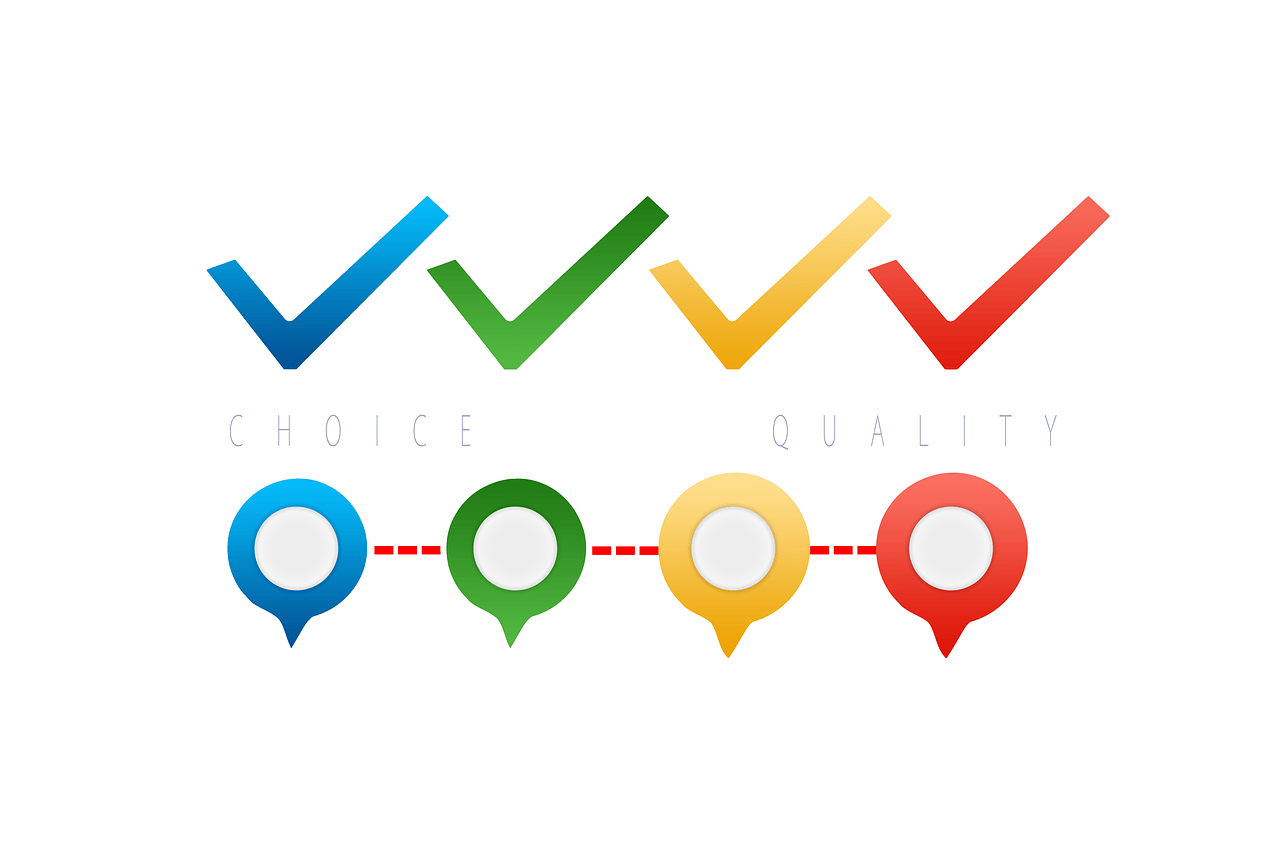
3. Quality Control and Assurance
Maintaining high-quality standards is essential in a laboratory setting. A comprehensive quality control and assurance program ensures accurate and reliable results. This involves implementing standardized procedures, conducting regular quality checks, and adhering to relevant regulatory guidelines. By prioritizing quality, laboratories can build trust with clients and stakeholders.
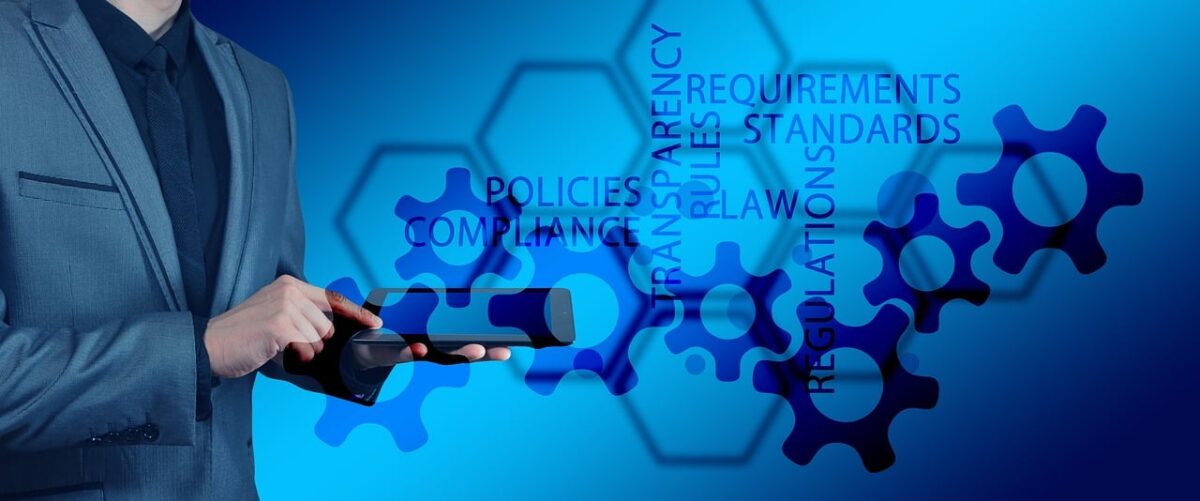
4. Safety Protocols and Compliance
Safety should be a paramount concern in any laboratory. Establishing stringent safety protocols and ensuring compliance with relevant regulations is crucial to protect personnel, prevent accidents, and maintaining a safe working environment. This includes properly handling hazardous materials, using personal protective equipment (PPE), and providing regular safety training.

5. Staff Training and Development
Investing in staff training and development is vital for building a highly skilled and motivated workforce. Laboratories should provide comprehensive training programs that cover technical skills, safety procedures, and professional development. By nurturing talent and fostering a learning culture, laboratories can enhance employee engagement and ensure continuous improvement.
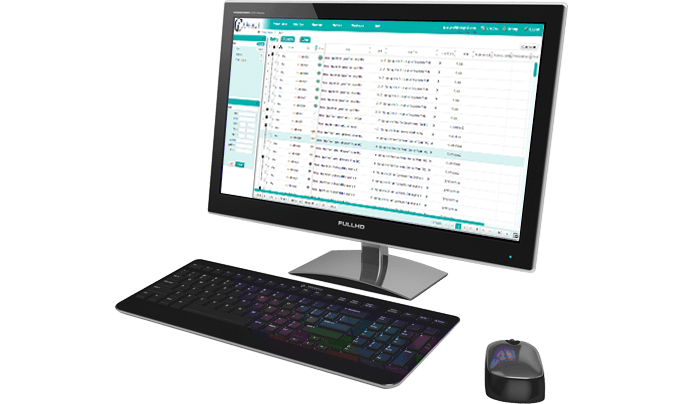
6. Inventory and Equipment Management
Efficient inventory and equipment management are essential to avoid disruptions and optimize resource allocation. Laboratories should implement robust inventory tracking systems, preventive maintenance schedules, and equipment calibration protocols. By ensuring the availability of necessary supplies and well-maintained equipment, laboratories can minimize downtime and maximize productivity.

7. Data Management and Analysis
In the digital age, effective data management and analysis are critical for scientific progress. Laboratories should adopt secure data storage solutions, implement data integrity measures, and leverage advanced analysis tools. Efficient data management enables seamless collaboration, accelerates decision-making processes, and facilitates the reproducibility of scientific findings.

Collaboration and Communication
Collaboration and communication are key elements for successful laboratory management. Encouraging interdisciplinary collaboration, sharing knowledge, and fostering effective communication channels promote innovation and teamwork. Utilizing project management tools and conducting regular team meetings can facilitate collaboration, ensuring that scientific projects progress smoothly.

Continuous Improvement
A successful laboratory management strategy should emphasize a culture of continuous improvement. By encouraging staff to identify and propose innovative ideas, laboratories can evolve and adapt to changing scientific requirements. Regular performance evaluations, feedback mechanisms, and process audits help identify areas for improvement and drive scientific excellence.

Conclusion
Mastering the science of laboratory management requires a holistic approach that encompasses leadership, efficient workflow design, quality control, safety protocols, staff training, inventory management, data analysis, collaboration, and a commitment to continuous improvement. By integrating these essential components into a laboratory management strategy, laboratories can optimize their operations, achieve scientific milestones, and contribute significantly to advancing scientific knowledge.

FAQs
Q 1: What is the role of leadership in laboratory management?
A: Effective leadership inspires teams, establishes goals, and fosters a culture of excellence and innovation. It guides the laboratory toward strategic objectives, ensuring efficient operations and optimal resource utilization.
Q 2: How can efficient workflow design enhance productivity in a laboratory?
A: Efficient workflow design identifies bottlenecks, streamlines processes, reduces turnaround times, and enhances overall productivity. It allows laboratories to optimize resource allocation and improve the efficiency of scientific projects.
Q 3: Why is data management crucial for a successful laboratory management strategy?
A: Effective data management ensures secure storage, facilitates collaboration, accelerates decision-making, and enables the reproducibility of scientific findings. It plays a vital role in maximizing the value of scientific data.
Q 4: What are some common safety protocols and compliance measures in laboratories?
A: Common safety protocols include proper handling of hazardous materials, use of personal protective equipment (PPE), regular safety training, and adherence to relevant regulatory guidelines.
Q 5: How can laboratories foster collaboration and communication among staff members?
A: Laboratories can foster collaboration and communication by encouraging interdisciplinary interactions, sharing knowledge, utilizing project management tools, and conducting regular team meetings. These measures promote innovation and enhance teamwork.

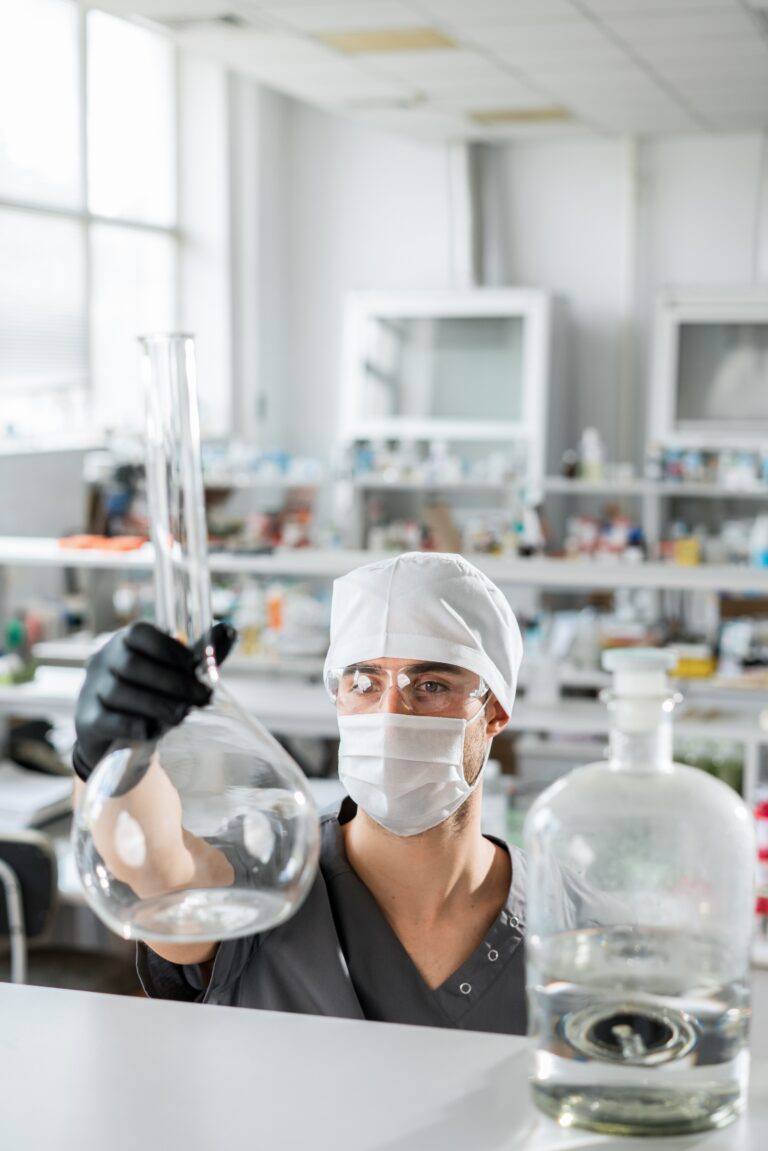
3 thoughts on “Optimizing Laboratory Management Strategy: A Key to Success”
Comments are closed.